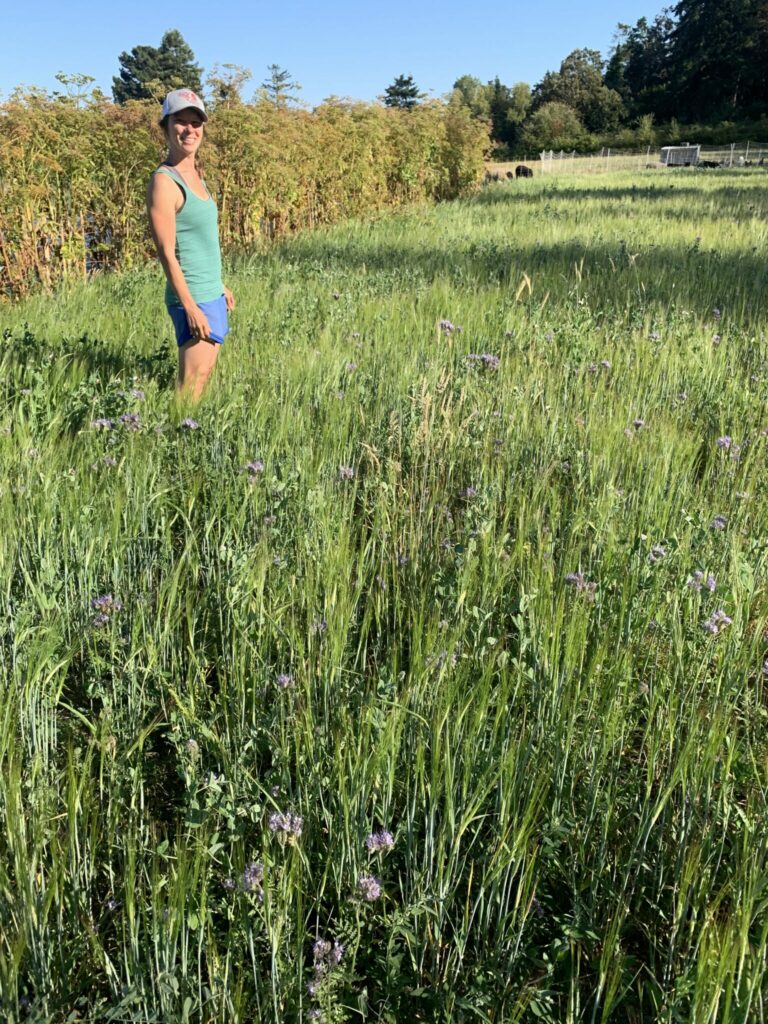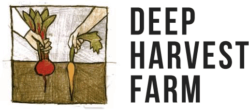And…we’re home. We had a wonderful, whirlwind of a road trip to North Dakota and back. One of the perks for me (Nathaniel) was witnessing dozens of species of migratory birds not usually seen on Whidbey. The Montana and North Dakota grasslands, lakes and wetlands hosted thousands of ducks, shorebirds, song birds and raptors: Golden Eagles, nighhawks, rails, avocets, meadowlarks, buntings, bobolinks, and so many more.
Birds take up much of the conversational space here on the farm, as Brian and I (and increasingly Annie) are avid birders. We consider these winged friends an integral part of the farm community and ecosystem. We all love scoping the harriers, eagles and hawks soaring across the fields and identifying the many sparrows, wrens and finches that perch and sing in our crops. Last year we added a few bird boxes to our fence lines, which were immediately adopted by migratory tree swallows. (The kestrel box was unfortunately hijacked by the invasive starlings.) This year the Cedar Waxwings have begun foraging for berries in our maturing hedgerows and warblers have newly discovered our fruit trees.
But despite their endless majesty the birds often pose significant management issues on the farm. The biggest headache is caused by the finches (house finches and goldfinches) and their voracious appetite for our seed crops. If not preemptively excluded with massive 150′ x 50′ bird nets, finches will completely wipe out a bed of bok choi, borage, spinach or kale seed within a few days. Our grass-nesting savannah sparrows also create a mowing conundrum. While we’d prefer to mow in April or May to prevent the dandelion from setting seed, the sparrows don’t reliably fledge their young until mid-late June. Mowing any earlier can destroy their nests and eggs or outright kill their chicks which haven’t yet learned to fly. And finally, the killdeers. These rowdy plovers build their camouflage nests in our fallow spring fields, at the beginning of the busy tractor season. We spend hours scouting for nesting sites (which are often revealed by the screaming nearby parents who fake broken wings to lure us away from the nest) and marking them with bright flags before discing, mowing, or plowing a field. But despite the few annoyances, we thoroughly enjoy the diversity of bird species that forage, nest, sing, shelter or just fly over our fields. (FYI – we are strong advocates of Bird-Be-Safe collars for those of you with outdoor kitties. They have significantly cut down on Patty’s bird kills, AND they are supremely fashionable!)

